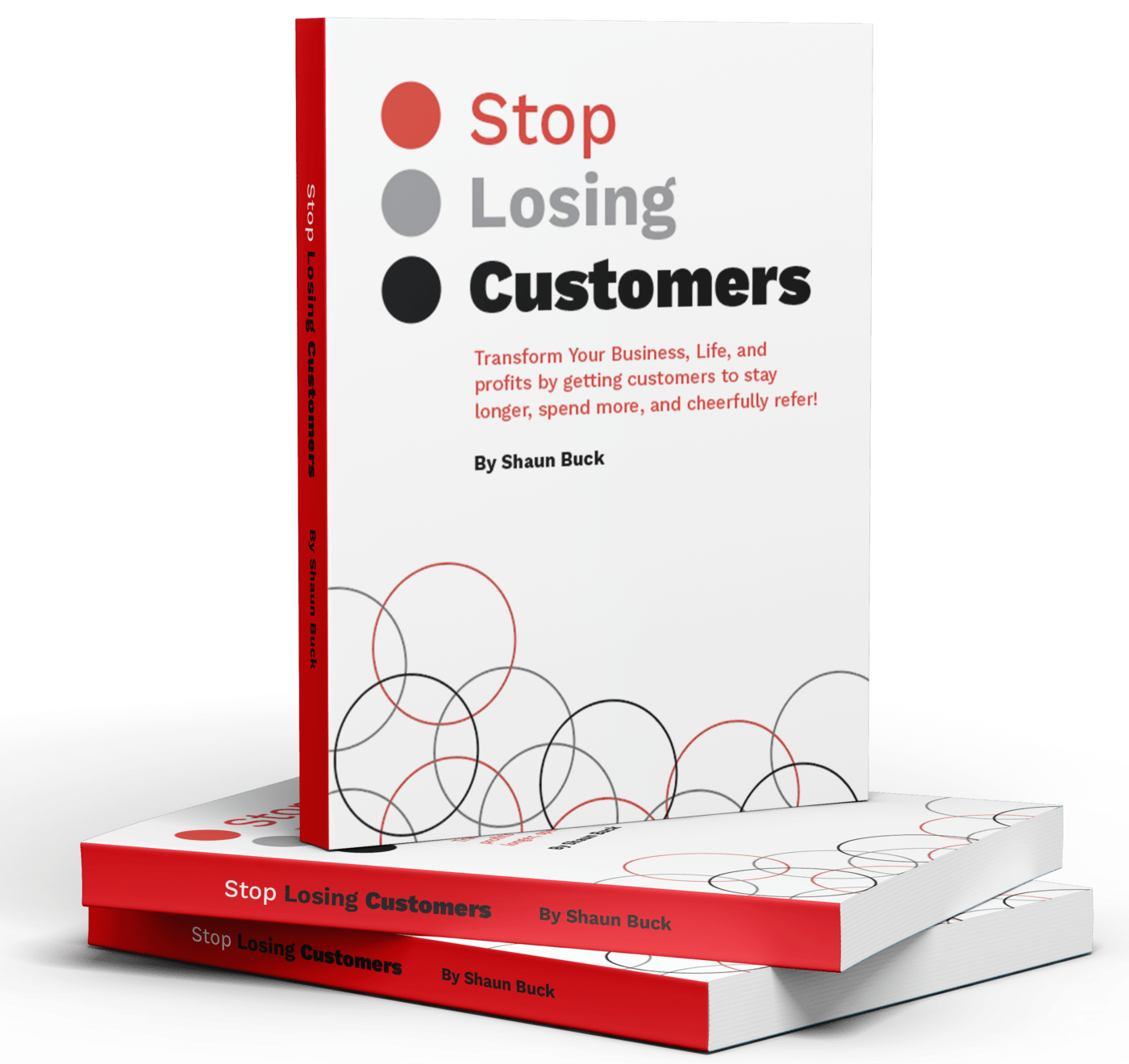Smarter content is content that is written with a purpose in mind. It should be tailored to the audience and optimized for search engine rankings. This means creating content that is well-researched, relevant, engaging, and optimized for keywords. It should also be free from any errors or typos, as this can impact the user experience and search engine rankings.
Benefits of Smarter Content for SEO
Creating smarter content has many benefits for SEO. First, it helps to improve user engagement and the overall user experience. This can lead to higher click-through rates, increased page views, and more conversions. Additionally, smarter content can help increase organic search traffic by making it easier for search engines to find your website and rank it higher in search results. Finally, smarter content can help build trust with potential customers by providing them with helpful information about your business or products.
What Google Looks For in Content
Google looks at several factors when determining how to rank websites in its search engine results pages (SERPs). These include: relevance of the content to the query; quality of the content; use of keywords; freshness of the content; page load speed; mobile friendliness; and backlinks from other websites. By creating smarter content that addresses all these criteria, you can improve your chances of achieving higher SERP rankings and more organic traffic.
Definition of ‘Smarter Content’
Smarter content is content that is designed to be more engaging, informative and relevant for readers. It uses keywords strategically to ensure that it is optimized for search engine rankings. Smarter content should also be tailored to the needs of the target audience and crafted in such a way that it can be easily read, understood and shared. Additionally, smarter content should adhere to Google’s webmaster guidelines, which include avoiding keyword stuffing, providing unique content, and ensuring quality over quantity.
Smarter content is optimized, tailored, and adheres to Google’s guidelines.
Benefits of Smarter Content for SEO
Smarter content is beneficial for SEO because it helps search engines better understand the relevance and quality of your website. This type of content provides a better user experience, which in turn boosts rankings and visibility on search engine results pages (SERPs). Smarter content is also more likely to be shared on social media, increasing engagement and creating more opportunities for organic traffic. By providing valuable information that is tailored to the user’s needs, smarter content can help build trust with potential customers, leading to higher conversion rates. Additionally, when users find what they are looking for quickly and without hassle, they are more likely to return to your website in the future.
Creating smarter content also requires less effort than traditional SEO tactics like link building or keyword stuffing. With smarter content, you can focus on providing valuable information that is tailored to the user’s needs rather than relying solely on optimizing keywords or backlinks. As a result, you can save time and resources that would otherwise be spent on tedious tasks like link-building or keyword research.
| Benefit | Explanation |
| Better user experience | Smarter content provides a better user experience, which in turn boosts rankings and visibility on search engine results pages (SERPs). |
| Increased engagement and organic traffic | More likely to be shared on social media, increasing engagement and creating more opportunities for organic traffic. |
| Higher conversion rates | Builds trust with potential customers, leading to higher conversion rates. |
| Time-saving | Requires less effort than traditional SEO tactics like link building or keyword stuffing. |
What Google Looks For in Content
Google’s search engine algorithms are constantly evolving, and the company is always looking for ways to give users the best possible experience. As such, content that is relevant, engaging, and of high quality will be rewarded with better search rankings. Google looks for content that provides value to readers and answers their questions. The content should have a clear purpose and should be easy to read and understand. It should also be well-structured with headings, subheadings, bullet points, images, and other elements that make it visually appealing. Additionally, the content should contain keywords that are relevant to the topic and used naturally throughout the text. Lastly, Google prefers content that is original and not plagiarised from other sources.

Google also looks for content that is free from errors such as spelling mistakes or grammatical errors as this can negatively impact its user experience. Moreover, content should always be updated regularly to ensure accuracy and relevancy to current trends and events. Furthermore, using multimedia such as videos or podcasts can help boost engagement with readers and increase time spent on your website which can positively impact your search rankings.
The Right Key
Creating content that is optimized for search engine rankings requires the right key, which is a combination of relevant keywords and quality content. Knowing the right keywords to use in your content is essential to ensure it reaches its intended audience. In addition, creating content that is well-written and tailored to the needs of readers will help ensure that it ranks highly on Google’s SERP.
Finding the Right Keywords
When looking for keywords to use in your content, it is important to avoid keyword stuffing. This means using too many keywords in a way that makes your content unreadable or difficult to understand. Instead, you should look at what related terms appear on Google’s SERPs when searching for a particular topic. Additionally, using tools like Soovle can be helpful in finding relevant keywords related to your topic.
Creating Quality Content
Writing quality content involves prioritizing the needs and experience of readers over search engine optimization techniques. It is important to remember that while Google’s algorithms are designed to rank pages based on certain criteria, they still need to make sense and be enjoyable for readers. To help ensure this, you should familiarize yourself with Google’s Webmaster Guidelines which provide an overview of best practices for creating quality content.
Tips for Creating Quality Content Writing
When writing quality content, it can be helpful to ask yourself questions about your work such as “Does this article provide any value?” or “Is my writing clear and concise?” Taking some time to review your blog posts and answer these questions confidently can help you create better content that appeals both to readers and search engines alike. Additionally, Newsletter Pro offers marketing strategies aimed at helping businesses grow their potential with products such as targeted free-standing inserts, postcard campaigns, celebration cards, and unique solutions like the Referral Builder program.
Tips for Creating Quality Content Writing
Creating quality content is an important step in any SEO strategy. Quality content is essential for improving search engine rankings, as it helps to attract more readers and engage them with relevant information. The following tips can help you create content that will improve your SEO efforts and help you achieve better rankings.
Asking Questions About Your Content Quality
The first step in creating quality content is to ask yourself questions about the quality of your content. Is your content providing value to readers? Does it contain accurate and up-to-date information? Is it easy to read and understand? Asking these questions can help you determine if your content is meeting the needs of your audience.
Looking at Your Blog and Answering Questions Confidently
Once you have identified areas where your content could be improved, take a look at your blog or website and answer the questions confidently. Consider how you can make improvements that will benefit both readers and search engines. For example, if you find that some of your posts are outdated, consider updating them with new information or adding additional resources. If you find that some of your posts are too long or difficult to read, consider breaking them down into smaller sections or using shorter paragraphs.
Google Webmaster Guidelines Explained
In addition to making sure that your content is providing value to readers, it’s also important to follow Google’s webmaster guidelines when creating content for SEO purposes. These guidelines provide recommendations on topics such as keyword usage, link building, page titles, meta descriptions, and more. Following these guidelines can help ensure that your website meets Google’s standards for high-quality websites and can help improve its ranking in search engine results pages (SERPs).
Newsletter Pro
Finally, consider working with Newsletter Pro if you need assistance creating quality content for SEO purposes. Newsletter Pro has been designing, printing, and mailing newsletters for over a decade now with over 500 clients! Their product offering includes direct mail products that complement newsletters such as targeted free-standing inserts, postcard campaigns, celebration cards, and unique solutions like the Referral Builder program. Newsletter Pro focuses on helping every business grow to its full potential with marketing strategies that seek to strengthen relationships with their prospects and customers.
Avoiding Keyword Stuffing
Keyword stuffing is a common practice of overloading webpages with keywords in an attempt to manipulate search engine rankings. This practice is frowned upon by Google and can result in penalties such as reduced rankings or even de-indexing from the search engine results pages (SERPs). To avoid keyword stuffing, it is important to focus on providing content that is relevant, useful, and engaging for the reader. Content should be written naturally, without forcing keywords into sentences or paragraphs. Additionally, it is important to vary the usage of keywords throughout the content so that no single keyword appears too frequently. Finally, it is also important to ensure that all content follows Google’s Webmaster Guidelines and does not contain any hidden text or links intended to manipulate search engine rankings.
Stuffing
Keyword stuffing is the practice of cramming as many keywords as possible into a web page in an effort to improve search engine rankings. This technique is frowned upon by search engines and can actually lead to lower rankings or even being banned from the search engine altogether. To avoid keyword stuffing, it’s important to use natural language and focus on providing quality content that serves the needs of readers.
What Is Keyword Stuffing?
Keyword stuffing is a black hat SEO technique where the same word or phrase is repeated multiple times in order to manipulate search engine rankings. It involves adding irrelevant keywords to a web page in an attempt to game the system and get higher rankings for those keywords. This technique has been used since the early days of SEO, but it’s no longer effective and can actually harm your website’s ranking if done incorrectly.
Why Is It Bad?
Google and other search engines are constantly updating their algorithms in order to provide users with better results. As such, they are able to detect when websites are using keyword stuffing tactics and will penalize them accordingly. This can result in lower rankings, less traffic, and even getting banned from the search engine altogether. Additionally, keyword stuffing makes content difficult to read and often provides little value for readers, which can lead to a poor user experience.
How Can You Avoid Keyword Stuffing?
The best way to avoid keyword stuffing is to focus on creating quality content that serves the needs of readers rather than trying to game the system with irrelevant keywords. When writing content, use natural language and make sure that it is interesting, informative, and relevant to your target audience. Additionally, you should use various tools such as Google Search Console or ahrefs content explorer to identify which keywords are already ranking well for your website so you can focus on optimizing them further instead of trying to stuff more keywords into your content.
Suggestions from Google SERP’s
Google SERP’s, or search engine results pages, are an important part of SEO and content optimization. Google uses these pages to provide relevant results for users’ queries. To optimize content for better search rankings, it is important to understand the suggestions Google provides on its SERPs.
Understanding SERPs
Google SERPs are tailored to each user’s query and provide a list of webpages that match the user’s search terms. The order in which these webpages appear is based on a variety of factors, including relevance to the query, quality of content, and other ranking signals such as backlinks or site structure.
Suggestions from SERPs
Google offers several suggestions on its SERPs that can help content creators optimize their content for better search engine rankings. These include related searches, featured snippets, and “People Also Ask” boxes.
Related searches provide a list of additional queries that might be helpful for users who are looking for more specific information about their topic. Featured snippets are short excerpts from webpages that answer specific questions quickly and concisely; these snippets are often displayed at the top of the SERP page. The “People Also Ask” box contains a list of related questions that users may have when searching for information about a particular topic.
By understanding and utilizing these suggestions from Google SERPs, content creators can ensure their content is optimized for better search engine rankings and provides users with valuable information that meets their needs.






